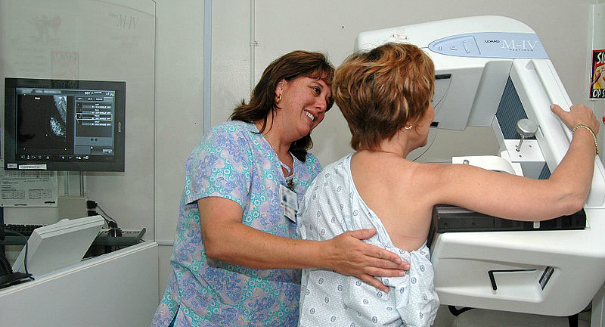
A significant percentage of women have dense breasts that make mammograms not nearly as effective in detecting breast cancer -- and many of them may not even be aware of it.
Mammograms have long been considered to be the key test one can get if they’re concerned about having breast cancer, but what many people may not be aware of is that they aren’t all that they’re cracked up to be.
While the mammogram is a good test and perhaps the best available for screen for breast cancer, it’s not for everyone — particularly those who have dense breasts, according to an NWAonline.com report.
Because dense breasts have a lot of connective and glandular tissue compared to breasts with lower density and more fatty tissue.
About 10 percent of U.S. women have breasts that are considered on the denser side, and they require additional screening.
It’s a factor because a mammogram is an X-ray of the breast, and a traditional screening usually takes X-rays from multiple angles of each breast. In a dense breast, a tumor can blend into the tissue, making it difficult to spot it with a mammogram.
The problem is that while other screening options are available, insurance often only covers mammograms under preventative care, and enhanced screenings based on breast density often aren’t covered.
In the case of Terri Mallioux, who was profiled in the article, she had to spend $275 out of her own pocket to get a whole-breast ultrasound, which spotted a small tumor after she had gotten a clean bill of health from mammograms. Because it was spotted early, she was able to have a lumpectomy and 20 radiation sessions without having to do chemotherapy.
Mallious wants legislation introduced that would require screening centers to inform women with dense breasts what their screening options are.
However, some experts disagree. A report by the Annals of Internal Medicine late last year found that supplemental ultrasound screening for women with dense breasts wouldn’t have much increase in survival rates, and would significantly increase costs.